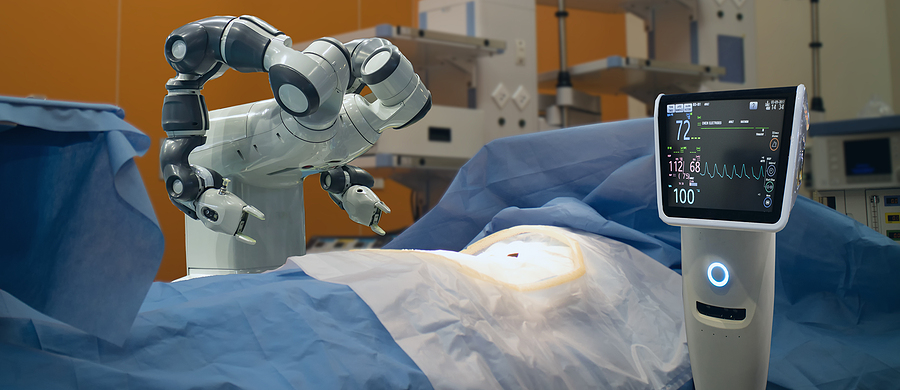
Ulcerative Colitis (UC) and Crohn’s Disease are two distinct forms of inflammatory bowel disease (IBD), which are chronic inflammatory conditions that primarily affect the gastrointestinal tract. While they share some similarities, they also have significant differences in terms of their location, characteristics, and treatment approaches. Here’s an overview of the key differences between Ulcerative Colitis and Crohn’s Disease:
Ulcerative Colitis (UC):
- Location of Inflammation: UC primarily affects the inner lining (mucosa) of the colon (large intestine) and the rectum. The inflammation in UC usually starts in the rectum and may extend continuously to involve other parts of the colon.
- Pattern of Inflammation: In UC, the inflammation tends to be continuous and uniform along the affected area of the colon. It usually doesn’t involve deeper layers of the intestinal wall.
- Symptoms: Common symptoms of UC include bloody diarrhea, abdominal pain or cramping, urgency to have bowel movements, and rectal bleeding.
- Complications: Complications of UC can include inflammation of the rectal lining (proctitis), severe inflammation and ulceration leading to perforation of the colon, and an increased risk of colon cancer after prolonged disease duration.
- Surgery: Surgical removal of the colon (colectomy) is often curative in UC, as the disease is limited to the colon and rectum.
Crohn’s Disease:
- Location of Inflammation: Crohn’s Disease can affect any part of the digestive tract, from the mouth to the anus. It can involve both the superficial and deep layers of the intestinal wall.
- Pattern of Inflammation: Crohn’s Disease often has a “skip” pattern, meaning that inflamed areas are interspersed with healthy areas of the intestine. It can involve all layers of the intestinal wall and create tunnels (fistulas) between different parts of the intestine or between the intestine and nearby organs.
- Symptoms: Common symptoms of Crohn’s Disease include abdominal pain, diarrhea (which can be watery or contain mucus), fatigue, weight loss, and sometimes rectal bleeding.
- Complications: Complications of Crohn’s Disease can include strictures (narrowing of the intestine due to scarring), fistulas (abnormal connections between different parts of the intestine or other organs), abscesses, and a risk of malnutrition due to impaired nutrient absorption.
- Surgery: While surgery can be a treatment option for Crohn’s Disease to alleviate certain complications, it’s not curative as the disease can recur in other areas of the digestive tract.
It’s important to note that both UC and Crohn’s Disease are chronic conditions, and their symptoms can vary widely among individuals. Diagnosis involves a combination of medical history, physical examination, imaging tests, and sometimes endoscopic procedures (such as colonoscopy). Treatment approaches for both conditions may involve medications to manage inflammation, relieve symptoms, and, in some cases, surgery.
For more information, Consult Dr. Chintamani Godbole as he provides the Best treatment as a Gastrointestinal Surgeon in Mumbai.



